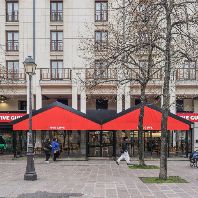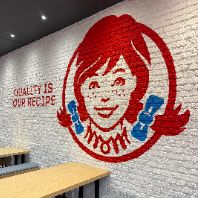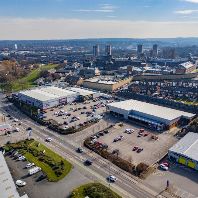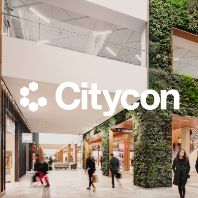Sonae Sierra and PwC have released a joint study on the Shopping Center Market in Romania, analyzing the current situation of the market and its potential future growth, while highlighting the success factors for future developments.
The intensifying competition in the Romanian shopping center market will lead to an increasingly need for sophisticated managerial competencies and commercial approaches, which will enable players to leverage success factors in creating sustainable businesses, shows the recent study 'Success Formulas for Romanian Shopping Centres'.
"The economic downturn and the accompanying financing drought have put many real estate projects on hold, yet there are signs that the market is starting to defreeze. However, developers must bear in mind that the financial success of the new developments cannot be taken for granted.
"There are certain success factors that must be taken into consideration such as professional management, tenant mix and leisure opportunities, on top of the historical ones like location and the ease of access. Our joint study is an assessment of the importance of such factors in the success of any new shopping center," stated Bogdan Belciu, Partner, Advisory, PwC Romania, one of the authors of the report.
"Sonae Sierra and PwC's study analyses the current situation of the market and its potential future growth, highlighting the success factors that will constitute the main requirements for sustainable future developments. This study provides shopping center developers, owners and managers the means to identify those factors and to assess the gap between their current and desired position," added Ingo Nissen, Managing Director, Sonae Sierra Romania.
The rapid pre-crisis development of Romania made it one of the fastest growing economies in Europe, encouraging high local and foreign investments in retail, as well as in other industries.
Competition among shopping centers has been historically low, ensuring financial success in most cases despite a relatively low focus on relevant criteria such as location, accessibility, tenant mix, food and leisure components, management skills or marketing.
Also, retailers' aggressive expansion plans translated into high demand for commercial space, fuelling a rapid increase in the national GLA (Gross Lettable Area).
Despite the current shopping center landscape in Romania showing a high correlation between GDP per capita and GLA in most of Romania's geographical regions, there are several discrepancies at city and regional level, with an uneven development level. The analysis furthermore shows that the Romanian market is relatively fragmented. For example, of the top 40 centers analyzed, five account for approximately 38% of total turnover, but only 21% of GLA.
Most modern retail is located in Bucharest and other larger cities with high retail penetration and above-average income. Judging by the size expressed in GLA, small centers are the most numerous in the country, with large and very large centers being located predominantly in Bucharest.
Less complex centers, i.e. neighborhood and community centers, represent approximately 50% of the total number. Furthermore, regional and super-regional centers are located in the main cities and in Bucharest.
Recently, there has been a rise in the number of "power centers", meaning centers which use high profile anchors as their main attraction.
It is expected that key success factors such as location, access and leisure will continue to represent important growth drivers, but tight competition and changes in demand are expected to augment the role of professional management, marketing activities and the tenant mix, factors that are crucial to attracting customers and differentiating among shopping centers. This is particularly important for Bucharest and a number of other larger cities.
A significant trend will be the shift towards a category of professional managers that can bring valuable contributions in terms of rental contract design, tenant mix and shoppin














